By Lauren Beebe, Email and Web Manager at EnviroVoters
I kept seeing Cap and Trade (or “Cap and Invest”) referenced in articles talking about California’s climate policy. I was confused. I was overwhelmed. My head was spinning with all the complicated, technical explanations I found on the internet. And I needed to understand it fast—because it’s a hot topic in Sacramento politics right now.
Luckily, I got a friendly download from our political team. This is Cap and Trade explained, in simple but fun terms.
Welcome…. to CAT and Trade.
Imagine three oil companies cats.
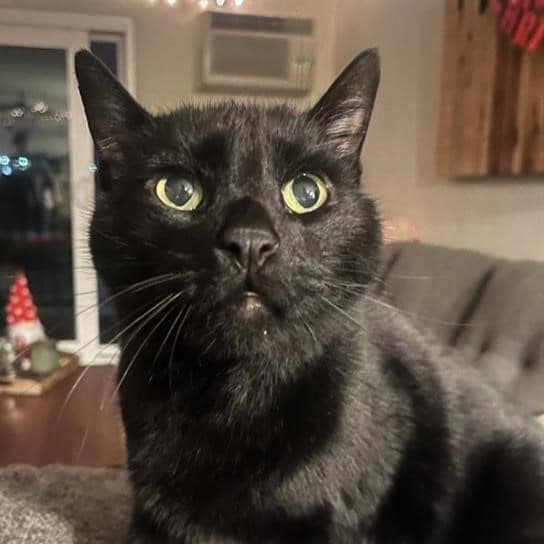

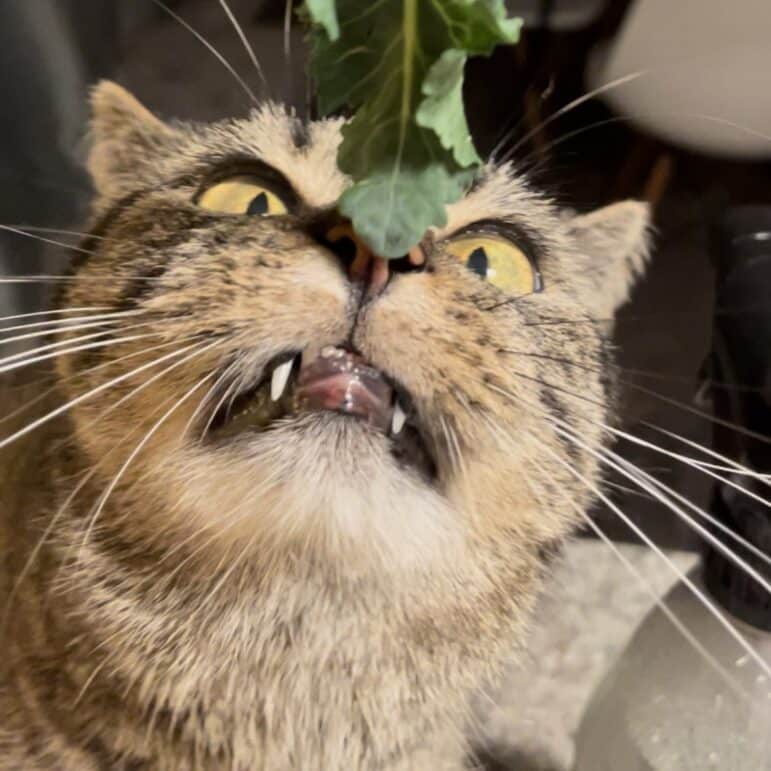
*All of these are real, actual cats cared for by EnviroVoters staff. None of them are actually contributing to pollution in California (except maybe inside a litter box).
Each of these oil companies cats operate a refinery, which emits a lot of very bad pollution into the atmosphere. Bad kitty!
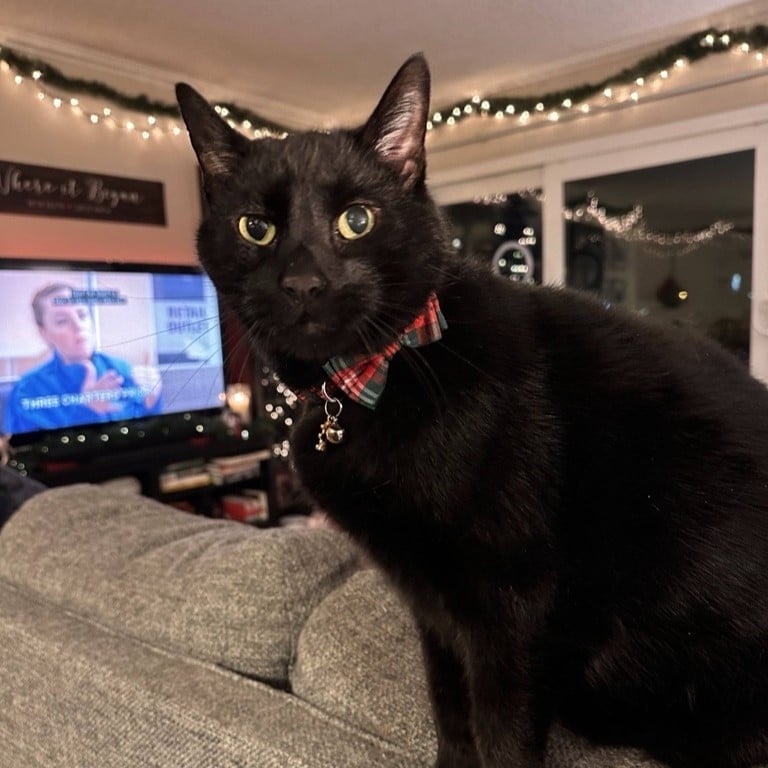

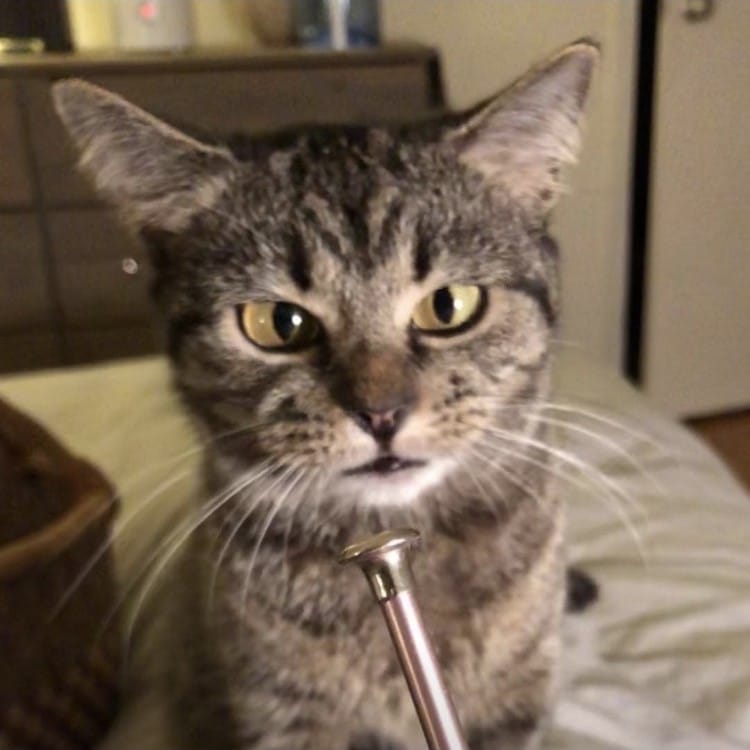
In the early 2000s, we saw how catastrophic the impacts of climate change and emissions could really be, and California vowed to make a change. Enter Cap and Trade—a bipartisan effort led by Governor Arnold Schwarzenegger (yes, the one and only Terminator) to regulate emissions from all these foul felines.
The Cap:
Now, the Terminator (aka the state of California) says that there’s a limit to the number of pollution units all of the cats can put out into our atmosphere. Let’s say that number is 60, so each cat is allocated 20 pollution units.
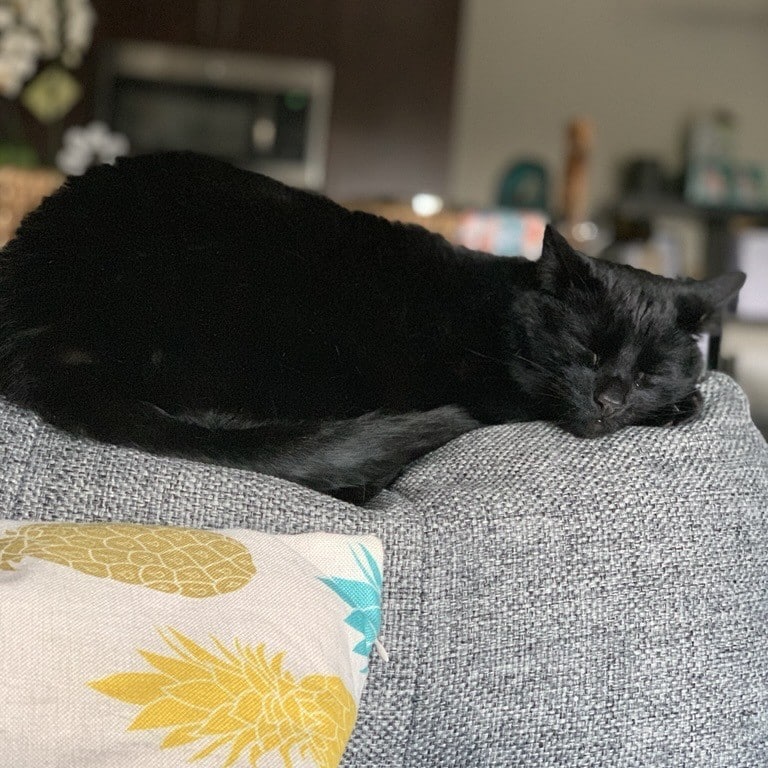
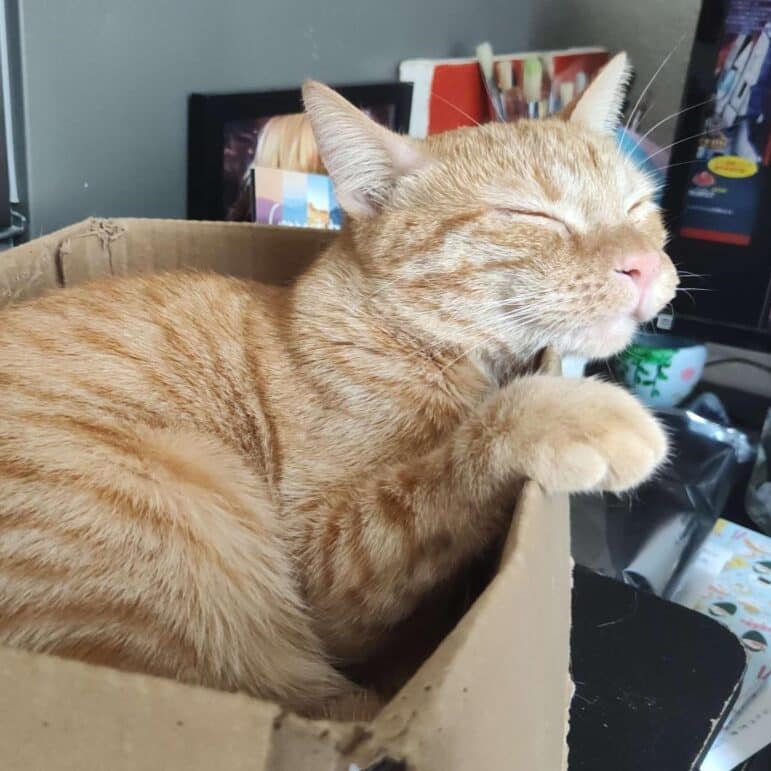
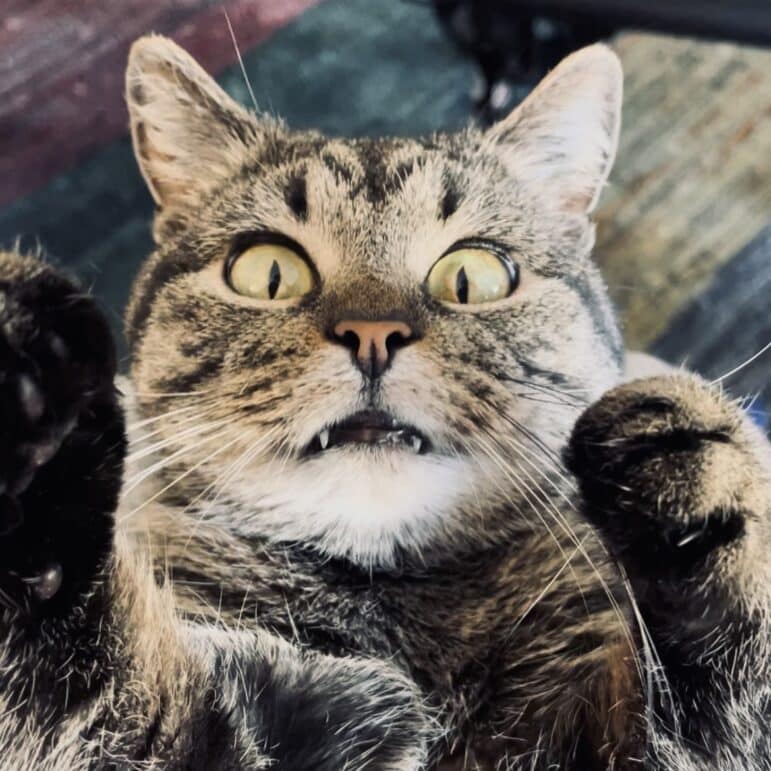
Diablo passes with flying colors because his refinery uses the latest, cleanest technologies. He’s putting effort into scaling back his emissions. He’s 15 under his allocated amount, giving him 15 credits! (We’ll get to that later.)
Sylvain with his run-of-the-mill refinery scrapes just under his pollution limit and gets 10 credits of his own.
Helen, a menace to society, has a refinery that emits a whopping 50 pollution units! Helen has never updated her infrastructure, so her refinery is pumping out Industrial Revolution-era smog—30 pollution units over her allocation. What’s a poor Helen to do?
Enter: the “Trade” part of Cap and Trade.
A few times a year, the Terminator holds an auction to let the cats buy and sell their credits to each other.
Helen, 30 pollution units in the hole, is in desperate need of some credits. So at this auction, she buys 25 extra credits from Sylvain and Diablo.
This is fantastic for Sylvain and Diablo, who make money from selling those pollution credits. And it’s also great for Helen; before, she was 30 units over the pollution limit, but these extra credits mean she’s only 5 over!

“I’ll be back… to reduce the emissions cap next year.”
The Terminator (aka the state of California) takes a cut from the trades that Sylvain and Diablo are making and charges Helen a fee for those extra 5 pollution units he couldn’t get credits for. Then, the Terminator puts that money in a piggy bank called the Greenhouse Gas Reduction Fund (GGRF). That money gets used throughout the year for things like clean energy infrastructure, transitioning from gas to electric, wildfire resilience, and other programs to get California moving towards our ultimate goal: running entirely on renewable, environmentally friendly power.
This year, the limit was at 60 units. But next year, the limit will be 50—and it’ll get a little bit lower every year to encourage the cats to pollute less and less as we transition away from gas and into abundant clean energy.
Seems great, right?
The Problems

Come on, Helen—get it together!
The main problem is a simple one. If I live in Helen’s neighborhood, it won’t matter what the cap is if Helen decides she’d rather pay for credits than clean up her out-of-date machinery. It’s all good and well for the people living in Sylvain and Diablo’s neighborhoods where they’re working hard to reduce their emissions, but thanks to Helen’s greed I’m still going to be at a higher risk for asthma, heart disease, cancer, and a whole host of other health problems.
The second, bigger problem is this: In 2017, the California legislature extended the Cap and Trade program until 2030—but when they did, they made some key changes that slashed the program’s effectiveness.
Now, every cat starts with 15 extra credits each, plus the credits they already used to get if they fall under the cap. If the limit is still 20 pollution units per cat, the market now looks something like this:
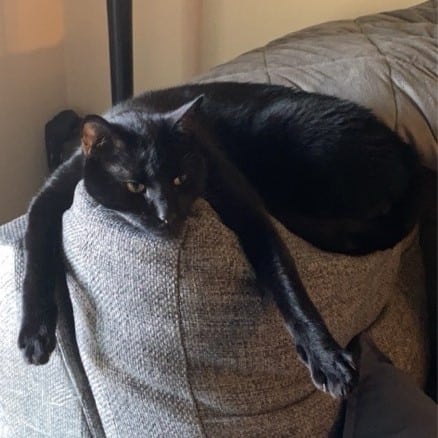
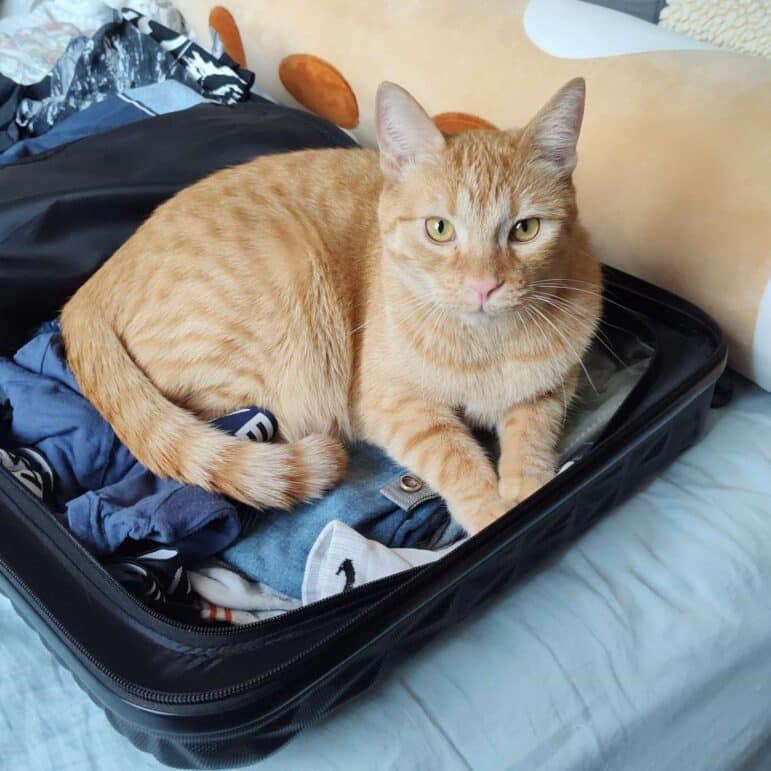
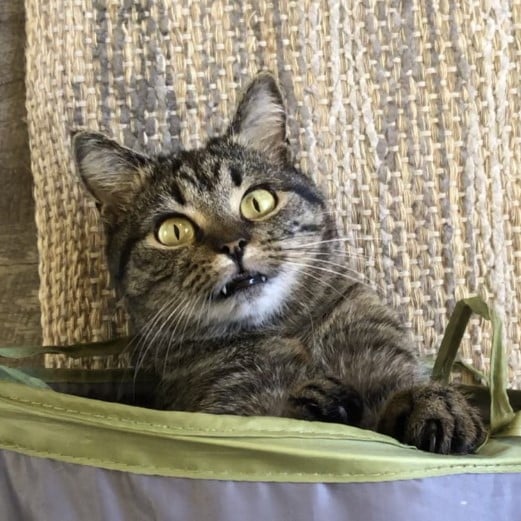
There’s a major problem with this: now we have way too many credits floating around. Helen doesn’t need to buy from Diablo anymore—she can just buy from Sylvain, who has more than enough to spare.
This means that the Terminator isn’t getting as much money to put in the piggy bank, which means that we don’t have funding for the climate-friendly upgrades California needs to stay on track for our goals.
Because credits are cheap and easy to come by now, Helen doesn’t feel any pressure to reduce her emissions. Why spend money on cleaner, newer equipment when you can just buy cheap credits and dump pollution into the air, consequence free?
Even Diablo and Sylvain are starting to care less about cutting down on their emissions. Why bother? You can beat the limits now without even trying.
Okay, that’s dark. How do we fix it?
Luckily for us, Cap and Trade Reauthorization is a hot topic in Sacramento right now—and there’s lots of opportunity to fix the program.
The current program is due to end in 2030, but Governor Newsom wants to renew it for an additional 15 years with a few changes. (And he wants to call it Cap and Invest—that’s where that second name comes in.)
Reauthorizing Cap and Trade is critical, because right now we’re losing out on hundreds of millions in funding for environmental programs because oil companies cats aren’t rushing to buy credits like they used to. In 2025, Cap and Trade auctions failed to sell off all of the credits for the first time since the pandemic—and brought in only half the funding we expected.
Environmental advocacy groups like California Environmental Voters (hello, that’s us!) are working hard in Sacramento to make sure that if and when the Cap and Trade Invest program is renewed, it’s renewed right.
I won’t get too in the weeds, but here are some of the main demands we’re working on:
- Eliminating those free extra credits from the newer version — the ones that let Helen pollute basically for free.
- Making sure that Greenhouse Gas Reduction Funding is used to help low-income Californians in extreme heat zones.
- Protecting Greenhouse Gas Reduction Funding for critical programs like wildfire protections, switching to electricity over gas, and protecting our air quality.
We’re pushing to fix Cap and Trade, but it’s critical to get support across California if we want to put pressure on legislators. Sign your name to our petition to tell lawmakers that you want climate-safe and community-forward Cap and Trade reforms when it’s reauthorized:
You made it all the way to the bottom? Are we best friends now? For my most dedicated readers, you get extra pictures of other corporate polluters staff pets. Keep it between us. ;-)
Share this blog!
Now you can find out with our 2024 California Environmental Scorecard! Use it to see how California’s leadership scored, how many legislators take dirty oil money, and much more.



